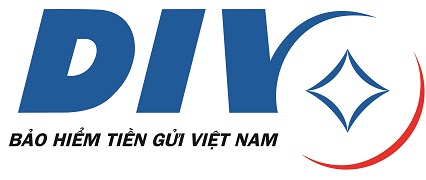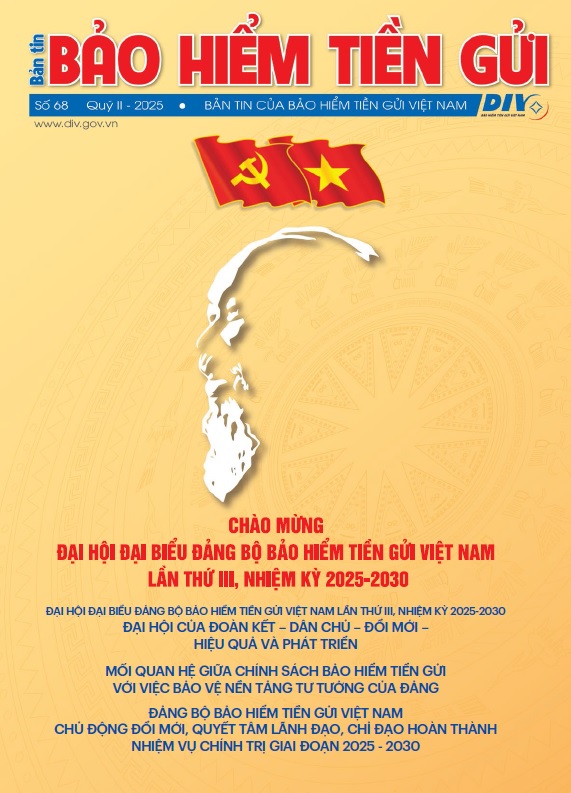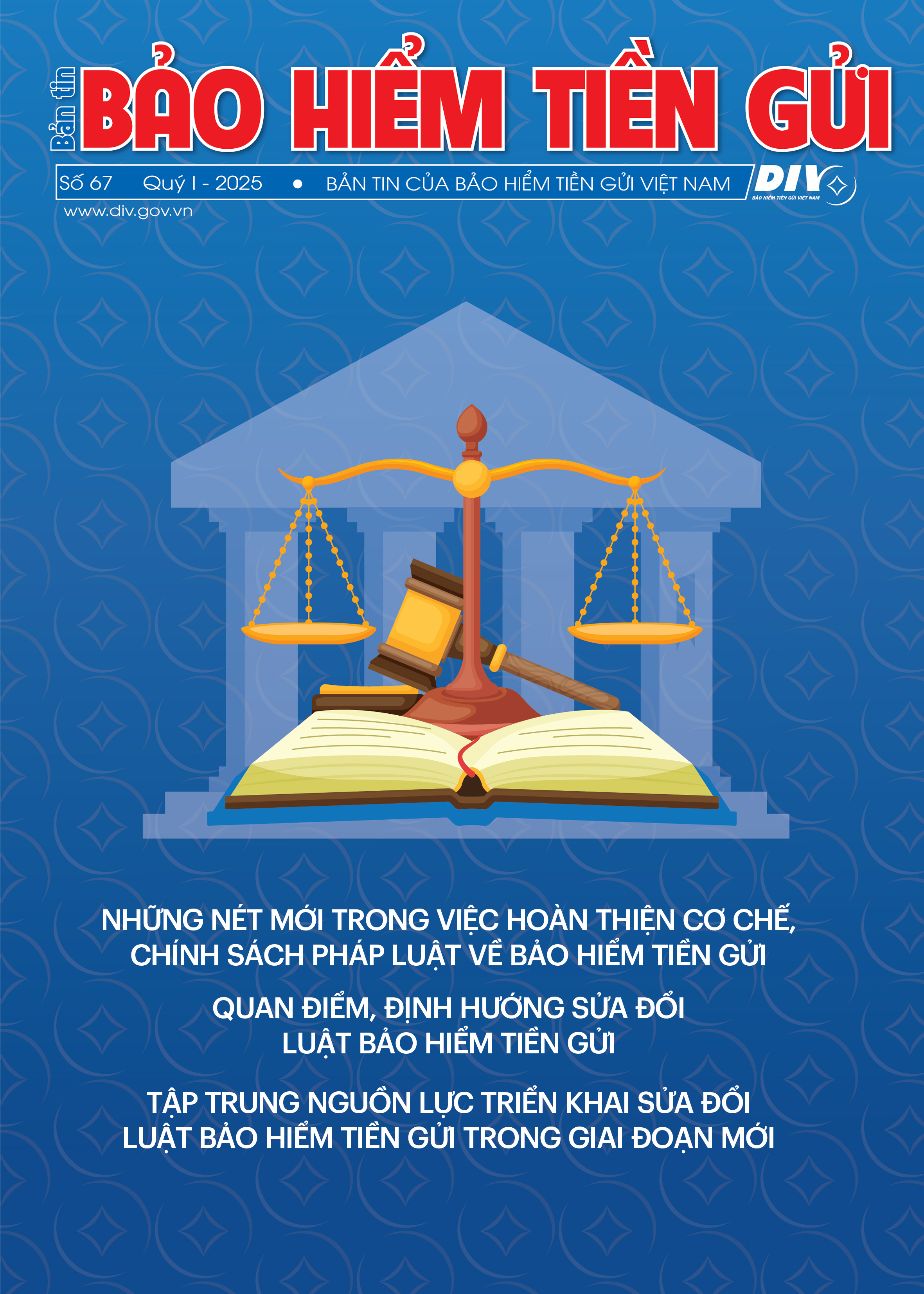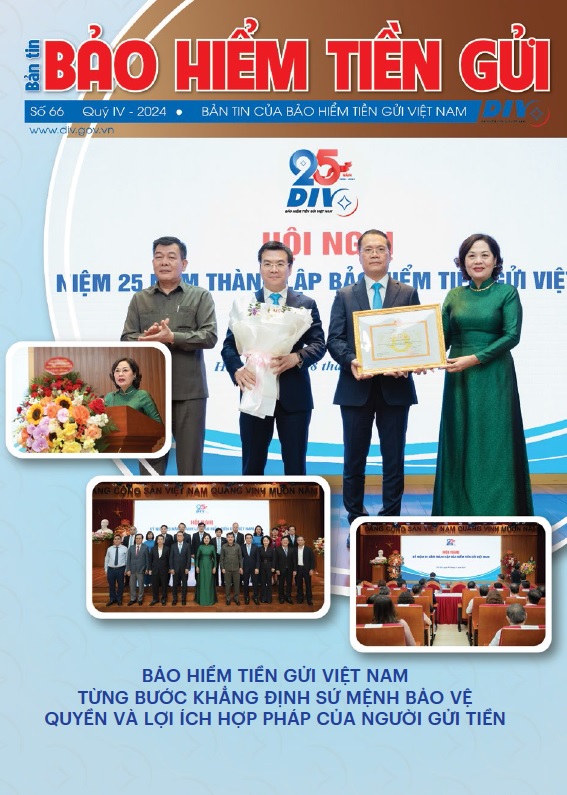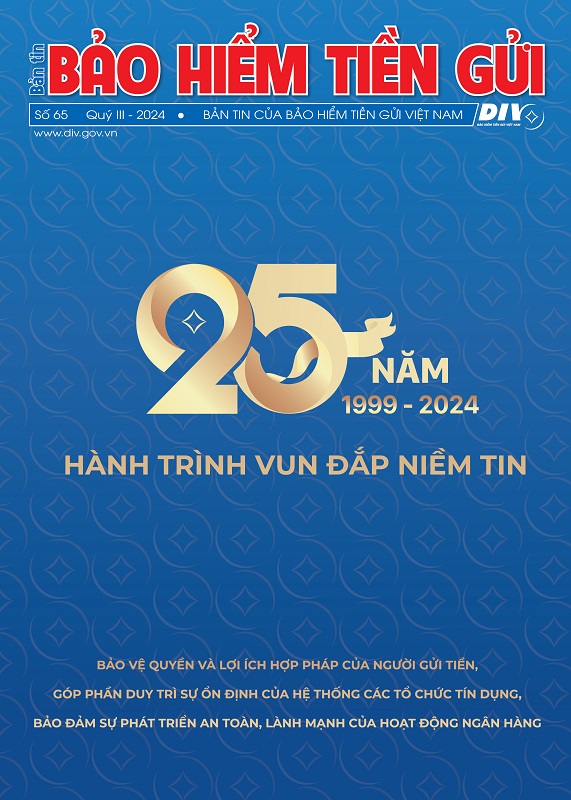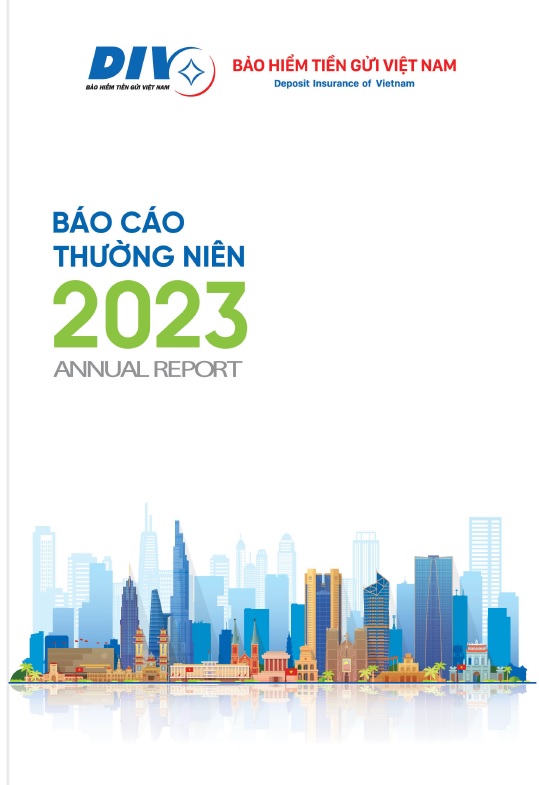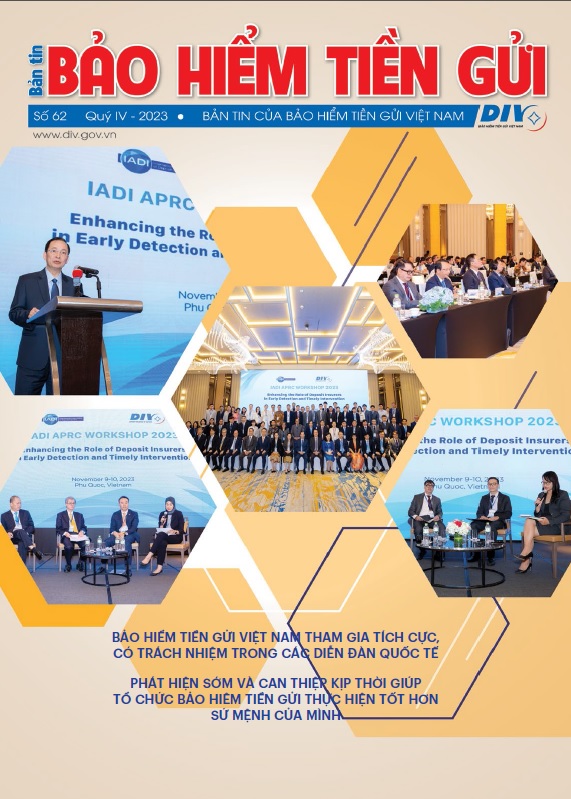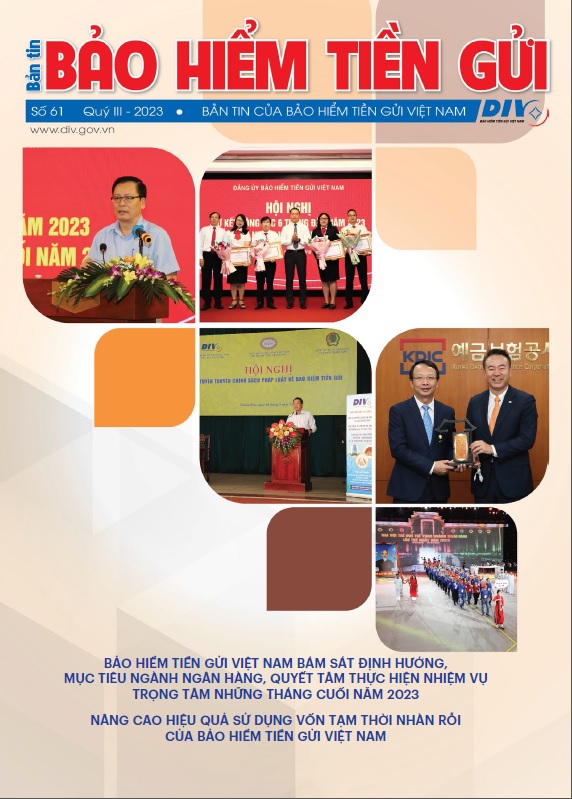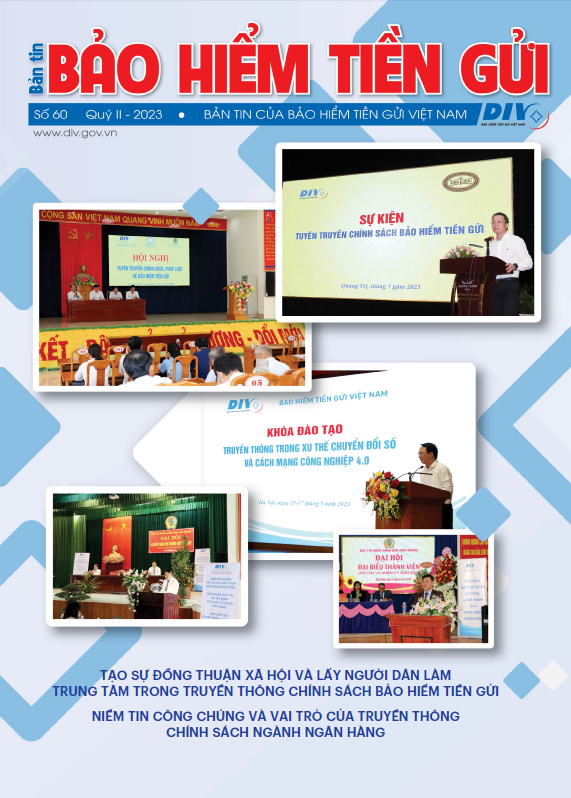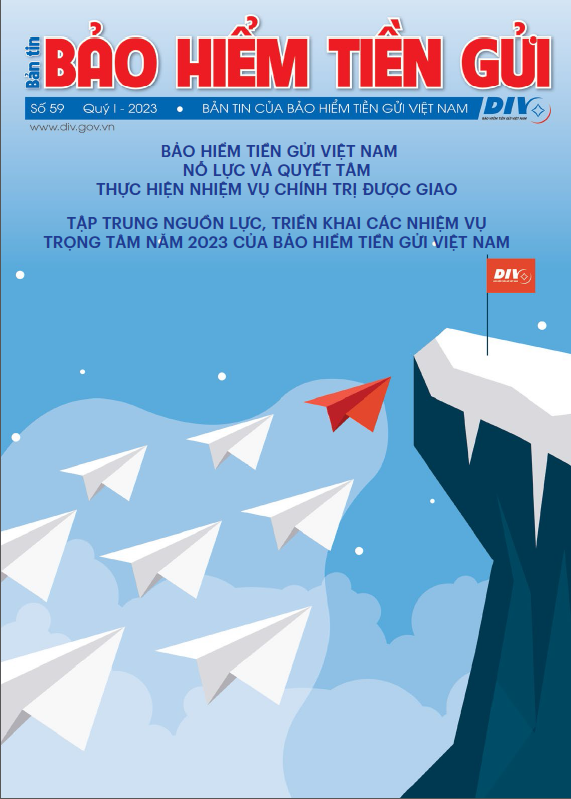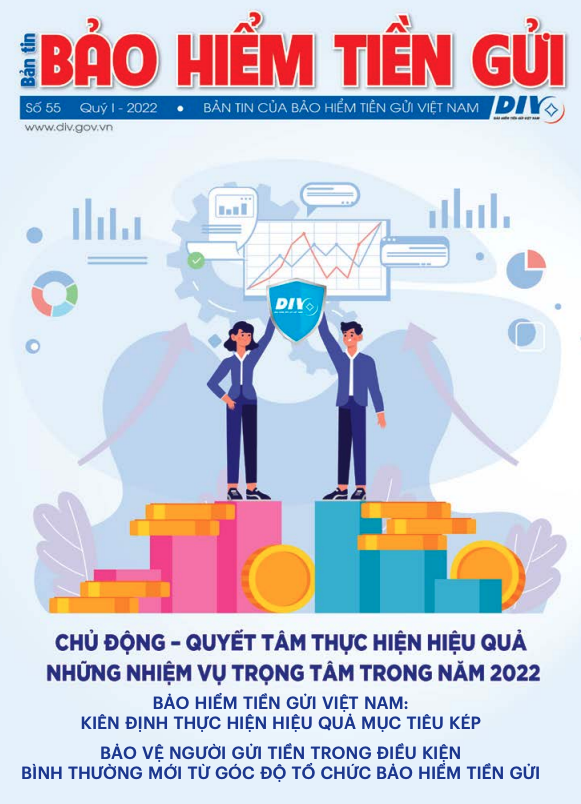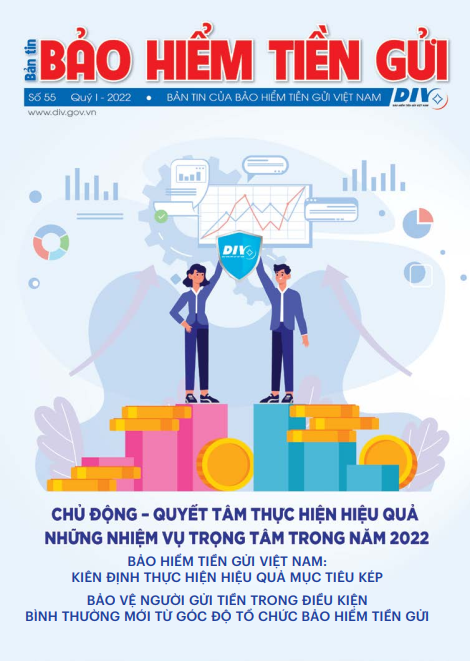DI coverage should be limited, reliable and capable to protect a majority of depositors
According to a recent survey conducted by the International Association of Deposit Insurers (IADI), over the world, the DI coverage limit distinctly ranges from under 1000 USD up to blanket guarantee. Actually most countries choose limited DI coverage while few other countries introduce blanket guarantee. The reason for this is the difference in financial – banking environment and DI public policy objectives of each country.
In order to balance the objectives of protecting depositors and maintaining market discipline, the Core Principle 8 on DI coverage in the revised Core Principles for Effective Deposit Insurance Systems developed by the IADI in 2014 and the enhanced guidance on the Core Principles for Effective Deposit Insurance Systems dated March 2013 recommended for deposit insurers as follows: Policymakers should clearly define the level and extent of the DI coverage . DI coverage should be limited, reliable and capable to protect a majority of depositors but still allow a remarkable ratio of uninsured deposits as to maintain the market discipline. DI coverage limit should be conformable to public policy objectives and relevant designing features of the DI system including the payout process and public awareness activities.
DI coverage limit should be set out to comply with the public policy objectives of the DI system, so that a majority of notified depositors will be fully covered while a remarkable ratio of deposit value would be treated with market discipline. The data of declared depositors and covered deposit values at different DI coverage limits (all eligible deposits/ depositors) should help relevant agencies determine a DI coverage limit which would cover most depositors while allowing a significant deposit value unprotected. With a limited DI coverage, depositors take their own parts in maintaining market discipline by choosing safe financial institutions to deposit their money. Besides, bankers will control their banks out of excessive risks which may lead to failure.
DI coverage limit should also meet the requirement of reliability. Normally, relevant agency estimates the deposit value at risk of default, then determines whether there is a reliable funding mechanism for an expected payout. In case of need, the agency will develop a supplemental funding mechanism to ensure sufficient and available sources of fund for payout.
Most funding mechanisms combine3 types of funding including ex-ante, ex-post and emergency funding. According to the ex-ante funding, the appropriate fund size and the premium collection to build the fund should be pre-defined. The ex-post funding meanwhile requires fund accumulation to ensure liquidity. All funding mechanisms should have an emergency funding plan. In case the fund is not available or not enough for a national scope, the DI coverage should be narrowed in scope or lowered in limit.
How are depositors protected in Vietnam?
In Vietnam, according to the Law on Deposit Insurance, DI coverage limit is the maximum insurance amount paid for all insured deposits (including both principle and interest) of an insured depositor at an insured institutions in case of reimbursement. The coverage limit is decided by the Prime Minister on the proposal of the Governor of the State Bank of Vietnam (SBV) for each period. On August 5, 2017, the limit was lifted up to 75 million dongs. Despite the lift, there has been no change in the premium assessment so that no more burden has been put on the public institutions.
However, it should not be mistakenly assumed that with the 75 million dong DI coverage limit, when an insured institution fails, depositors will be reimbursed 75 million dong at maximum despite their deposit values of hundred million or even billion dongs. In fact, the Law on Deposit Insurance stipulates that the deposit amount beyond the coverage limit will be resolved during the failed institution’s assets resolution process as stipulated by law. Therefore depositors whose deposit amount exceeds the coverage limit will be further reimbursed after the liquidation of the failed institution’s assets.
The bankruptcy of financial institutions is an undesirable event due to the negative impacts on different objects. On the morning of October 26th, 2017, during the explanation in the National Assembly session XIV's meeting, the SBV's Governor Le Minh Hung said that the bankruptcy status and resolution plan of a financial institution will be decided by the Government after thorough assessment of potential impacts of the bankruptcy on the whole system and risks to the national economy and consideration of legitimate rights and interests of depositors. The bankruptcy policy is considered the ultimate choice after other measures such as rehabilitation, merger, acquisition, dissolution, or mandatory transfer are not applicable to the credit institution which has been already put under “special control”.
The DIV is a state agency, a member of the national financial safety net, assigned to directly execute DI policy which is one of the Government's tools for protecting depositors and maintaining the system's safety . Apart from the DI policy, the Government and the SBV also have other tools to fulfillthis public policy objective like macroeconomic policy, lender-of-the-last-resort for liquidity supporting to credit institutions, prudential supervision and inspection, tax policy… to ensure effective and safe banking activities. The National Assembly session XIV is discussing the draft of the modification and supplementation of the Law on Credit Institutions and the protection of depositors' interests, which draws great attention from the National Assembly members. Surely the approved new law will reasonably protect depositors, while keeping the system safe and sound in the context of urgent restructuring of the banking system.
